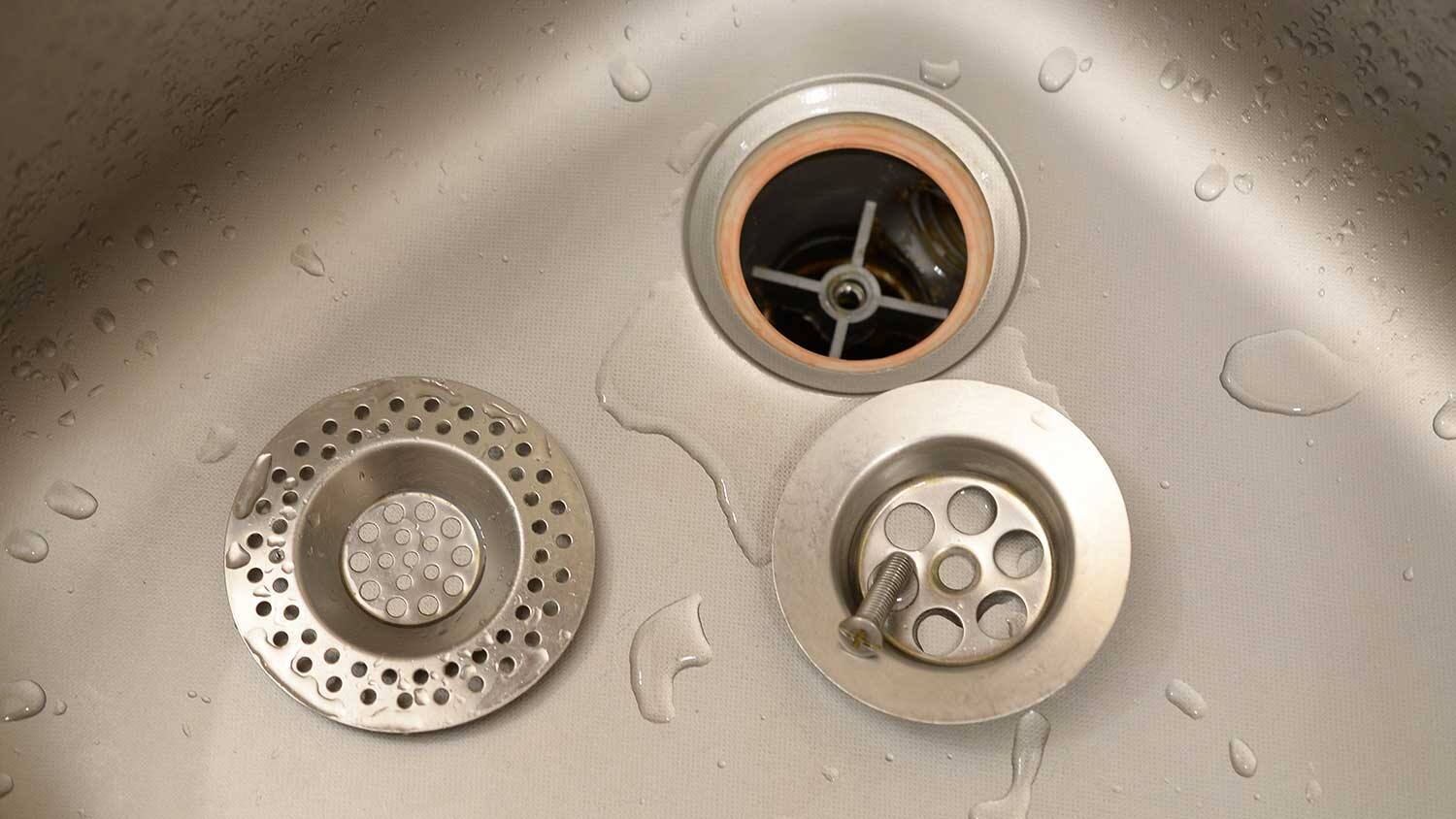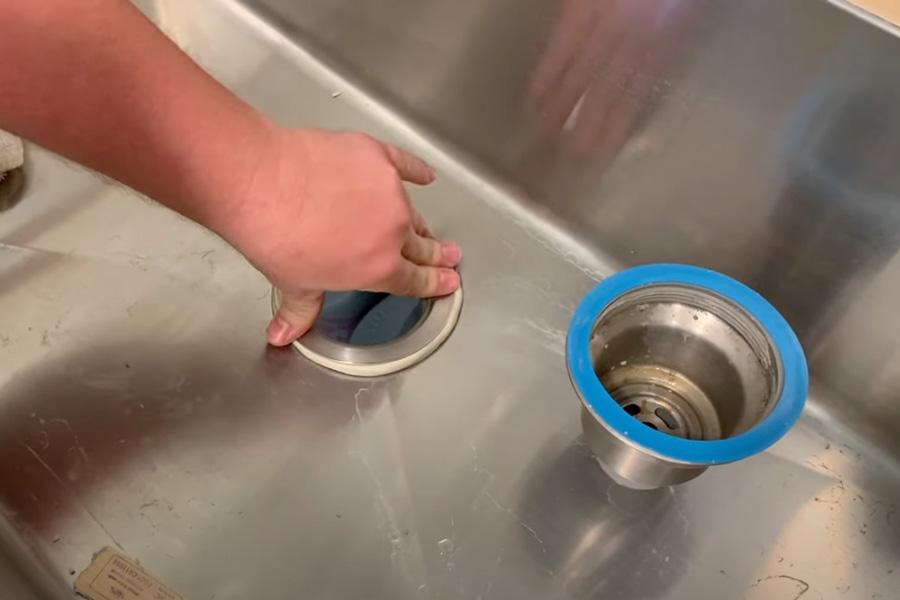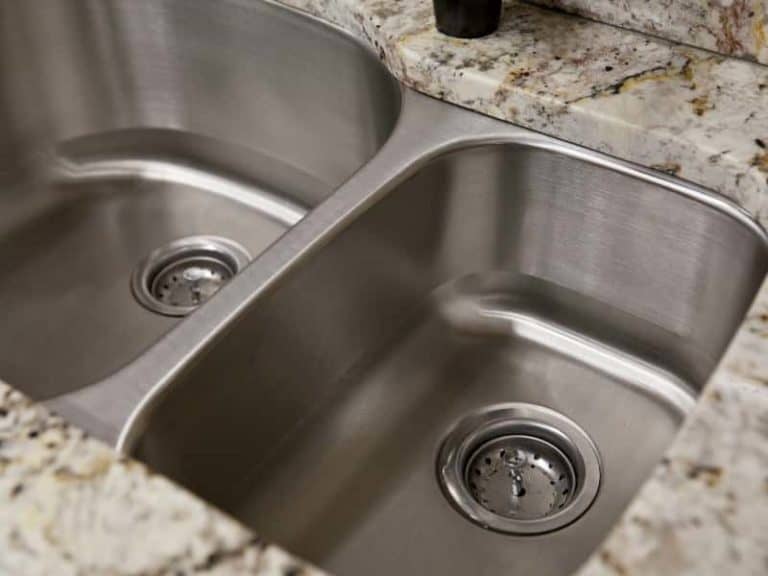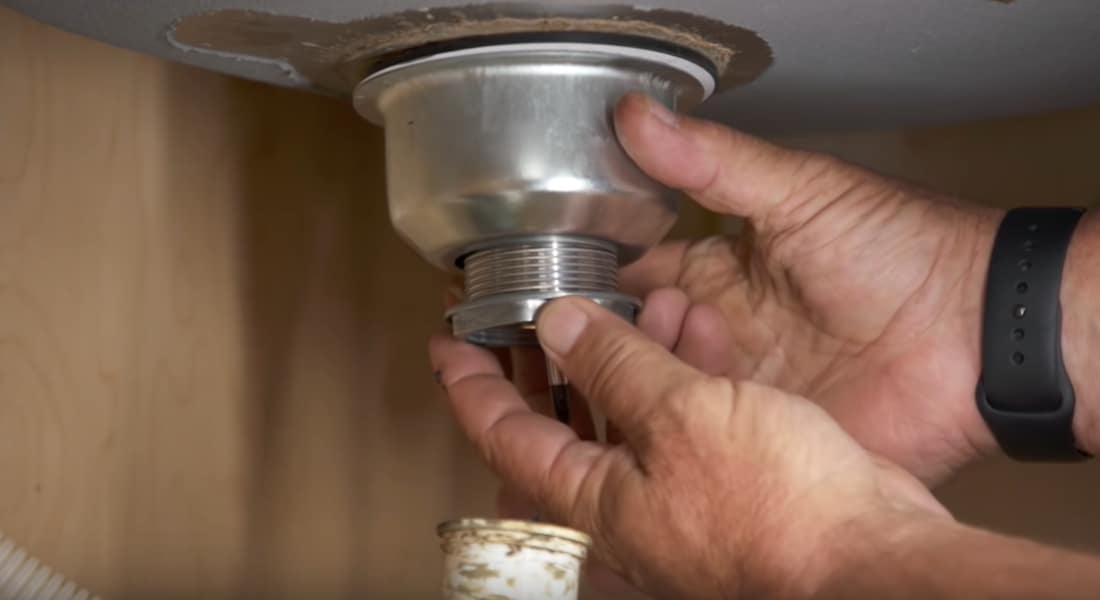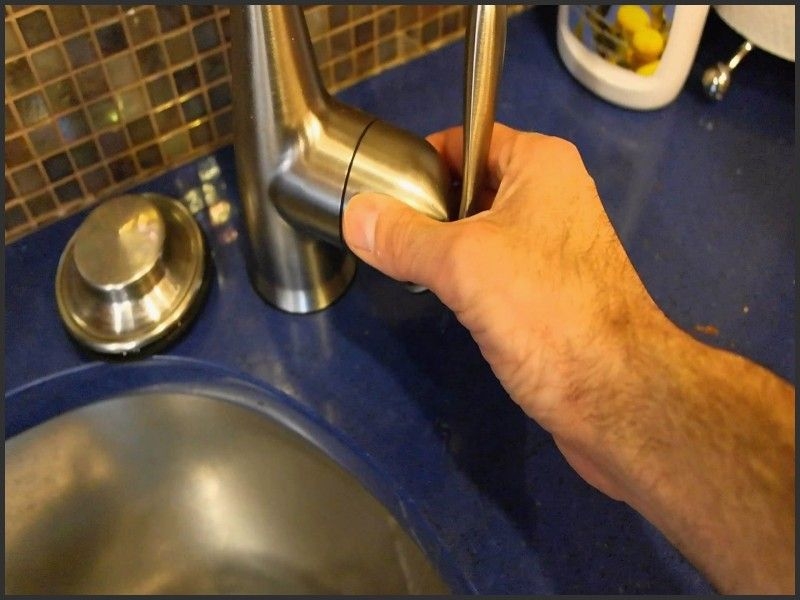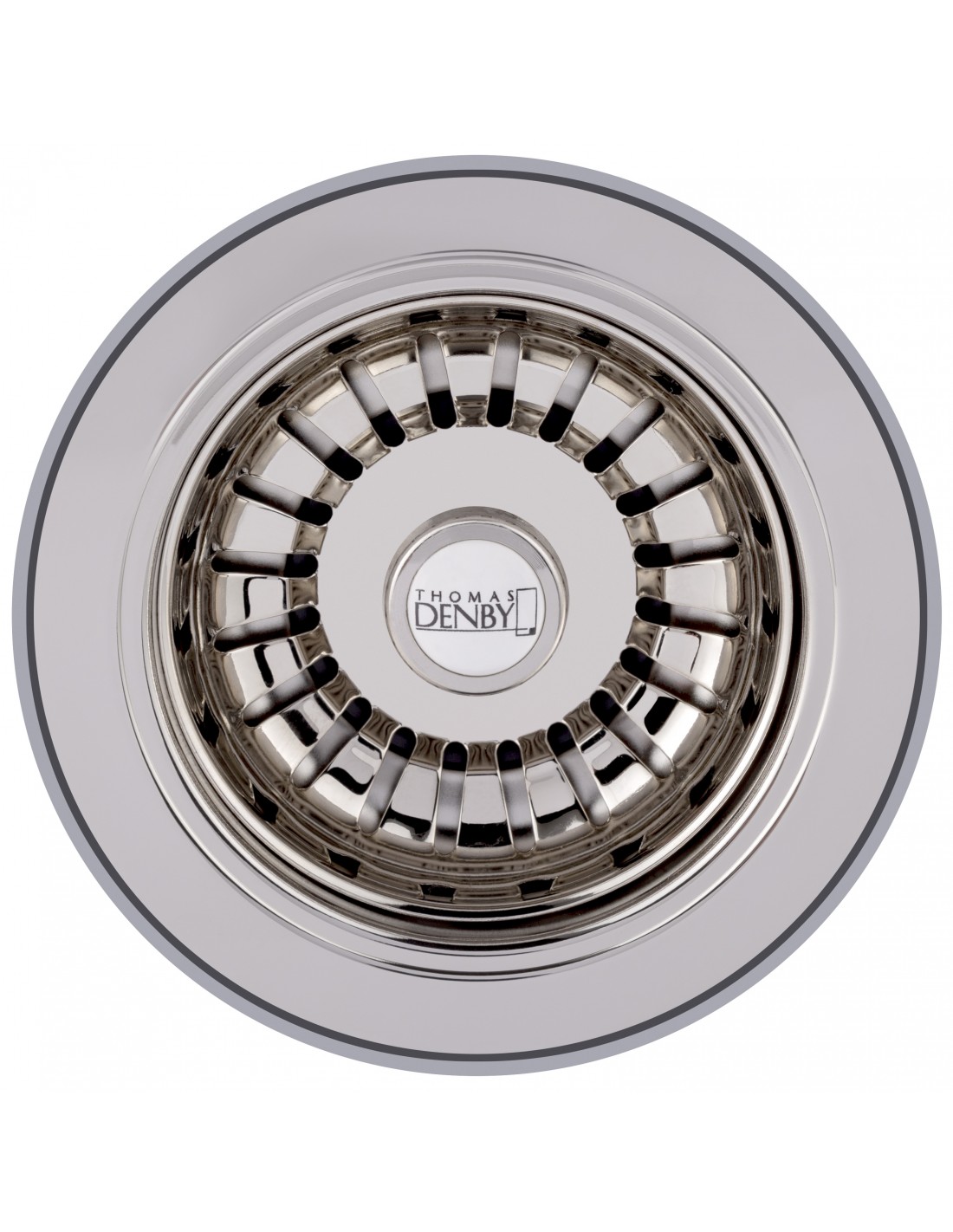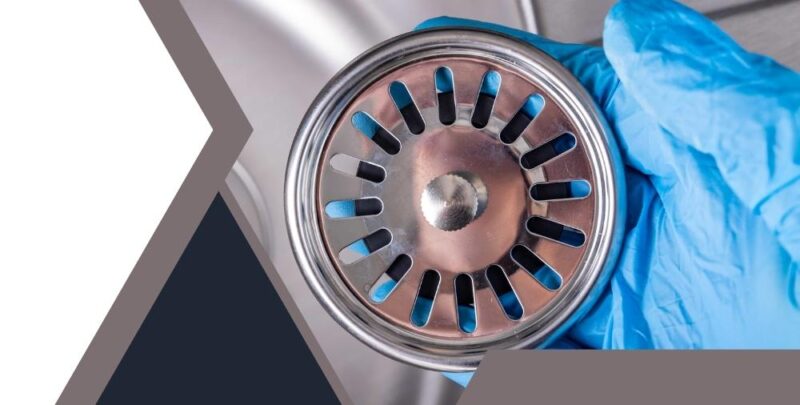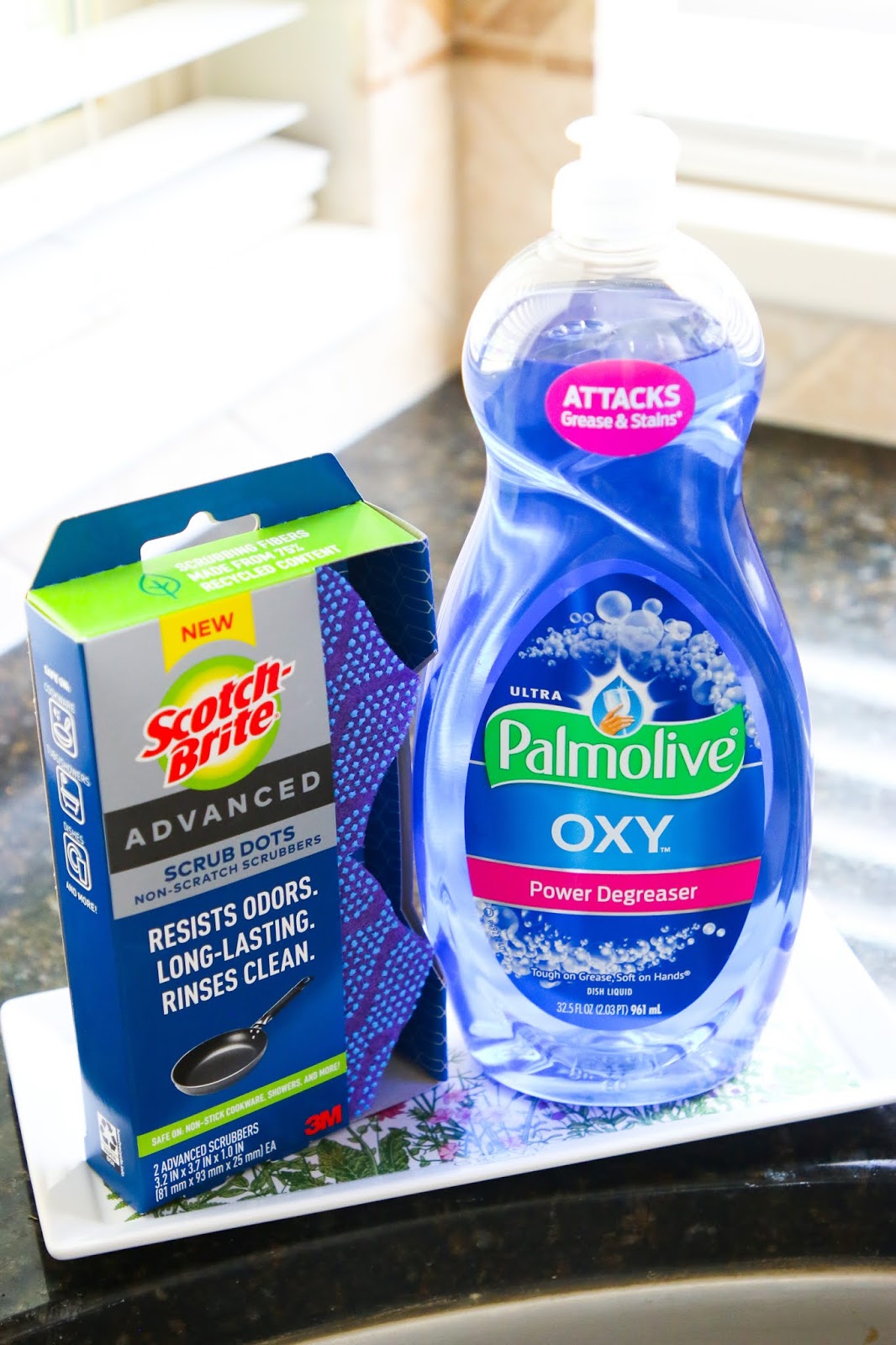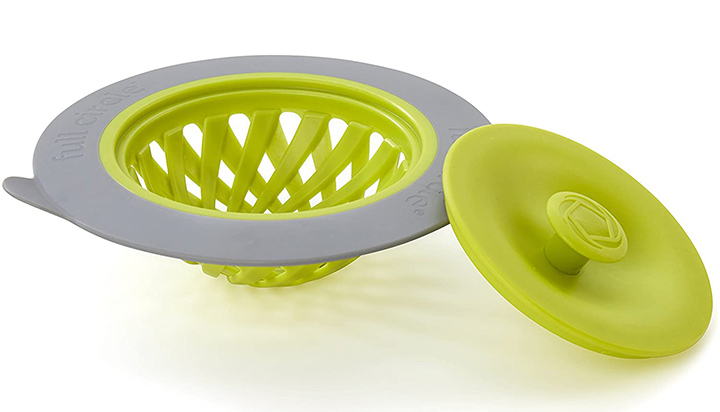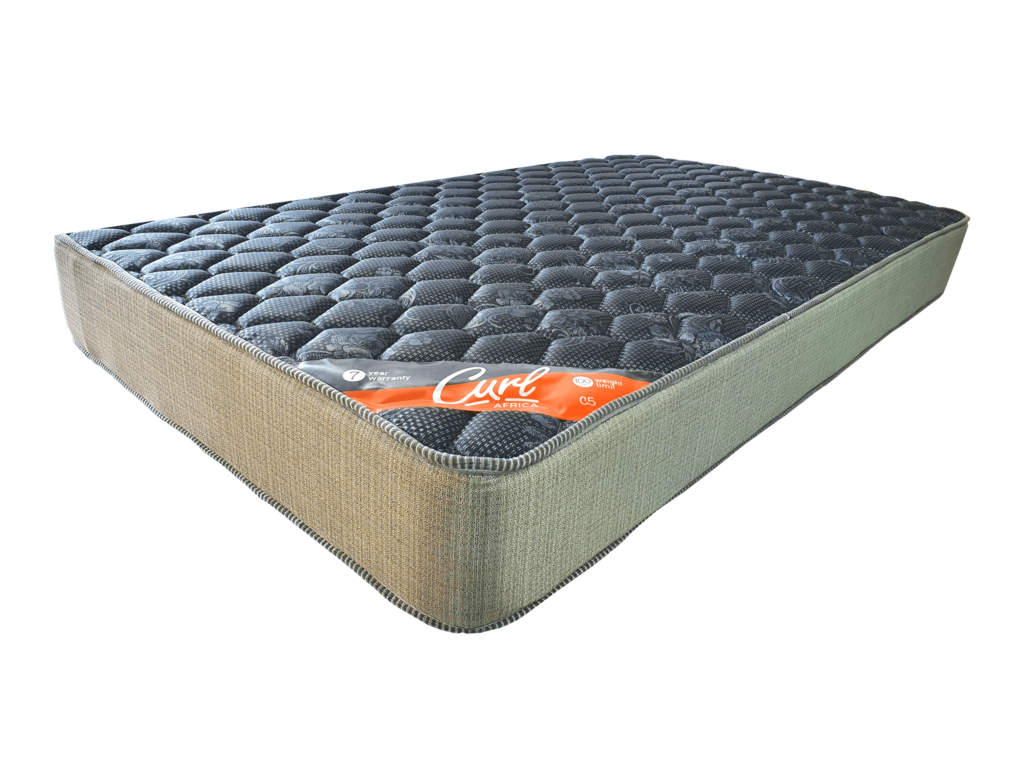If you've noticed water pooling under your kitchen sink, chances are your sink strainer is leaking. This may seem like a small issue, but if left unattended, it can lead to bigger problems such as water damage and mold growth. Luckily, fixing a leaky kitchen sink strainer is a relatively easy and inexpensive task. Here's a step-by-step guide on how to fix a leaky kitchen sink strainer and prevent any further damage.How to Fix a Leaky Kitchen Sink Strainer
The first step to fixing a leaking kitchen sink strainer is to identify the source of the leak. In most cases, the leak is caused by a loose or worn out putty or gasket. These seals are meant to keep water from seeping out of the sink and down into the cabinet below. If you notice water dripping from the bottom of the strainer, it's likely that the putty or gasket needs to be replaced.How to Fix a Leaking Kitchen Sink Strainer
To repair a leaky kitchen sink strainer, you'll need to remove the old putty or gasket and replace it with a new one. First, start by unscrewing the locknut underneath the sink that holds the strainer in place. Once the locknut is removed, you should be able to pull out the strainer and access the old putty or gasket. Use a putty knife to gently scrape off the old sealant and clean the area thoroughly.How to Repair a Leaky Kitchen Sink Strainer
If your kitchen sink strainer is cracked or damaged, it may need to be replaced entirely. To do this, you'll need to purchase a new strainer that is the same size and shape as the old one. You can find these at most hardware stores or online. Once you have the new strainer, follow the same steps as repairing a leaky strainer, but instead of replacing the putty or gasket, you'll replace the entire strainer.How to Replace a Kitchen Sink Strainer
If you're installing a new kitchen sink strainer, start by placing a bead of plumber's putty around the bottom of the strainer. Then, place the strainer into the sink and press down firmly to create a tight seal. Underneath the sink, place a rubber gasket and a cardboard friction ring over the strainer. Finally, tighten the locknut to secure the strainer in place.How to Install a Kitchen Sink Strainer
If you notice that your kitchen sink strainer is loose, it's important to tighten it to prevent any leaks. Start by removing the locknut and checking the condition of the putty or gasket. If they are still in good shape, simply tighten the locknut to secure the strainer in place. If the putty or gasket is worn out, follow the steps for repairing a leaky strainer and then tighten the locknut.How to Tighten a Kitchen Sink Strainer
Properly sealing your kitchen sink strainer is crucial to prevent any leaks. To seal a kitchen sink strainer, you'll need to use plumber's putty or a rubber gasket. Putty is recommended for stainless steel sinks, while gaskets work best for porcelain or other types of sinks. Make sure to apply the sealant evenly and press down firmly to create a tight seal.How to Seal a Kitchen Sink Strainer
If your kitchen sink strainer is clogged, it can cause water to back up and eventually lead to leaks. To unclog a kitchen sink strainer, start by using a plunger to try and clear the clog. If that doesn't work, you can use a plumber's snake or a mixture of baking soda and vinegar to break up the clog. Regularly cleaning your sink strainer can also help prevent clogs.How to Unclog a Kitchen Sink Strainer
It's important to regularly clean your kitchen sink strainer to prevent any buildup that can lead to clogs and leaks. To clean a kitchen sink strainer, remove it from the sink and scrub it with a mixture of dish soap and hot water. You can also use a small brush to clean the small crevices. Rinse the strainer thoroughly and dry it before placing it back in the sink.How to Clean a Kitchen Sink Strainer
Prevention is key when it comes to kitchen sink strainer leaks. To prevent leaks, make sure to regularly check the condition of the putty or gasket and replace them if needed. It's also important to avoid putting large pieces of food or debris down the drain, as this can cause clogs. Regularly cleaning and maintaining your kitchen sink strainer can also help prevent any potential leaks.How to Prevent Kitchen Sink Strainer Leaks
Preventing Leaks in Your Kitchen Sink

Why is Your Kitchen Sink Strainer Leaking?
 If you've noticed your kitchen sink strainer leaking under the sink, you're not alone. This is a common issue that many homeowners face. There are several reasons why your kitchen sink strainer may be leaking, including:
- Loose or damaged installation: If your sink strainer was not properly installed, it could be causing leaks. Over time, the strainer can become loose or damaged, causing water to seep through.
- Old and worn out gaskets: The gaskets around the sink strainer can wear out over time, leading to leaks. These gaskets can become dry, brittle, or shrink, causing gaps that allow water to leak.
- Clogged or damaged pipes: If your sink is draining slowly or you notice a foul odor coming from your sink, it could be a sign of clogged or damaged pipes. When this happens, water can back up and leak out of the strainer.
If you've noticed your kitchen sink strainer leaking under the sink, you're not alone. This is a common issue that many homeowners face. There are several reasons why your kitchen sink strainer may be leaking, including:
- Loose or damaged installation: If your sink strainer was not properly installed, it could be causing leaks. Over time, the strainer can become loose or damaged, causing water to seep through.
- Old and worn out gaskets: The gaskets around the sink strainer can wear out over time, leading to leaks. These gaskets can become dry, brittle, or shrink, causing gaps that allow water to leak.
- Clogged or damaged pipes: If your sink is draining slowly or you notice a foul odor coming from your sink, it could be a sign of clogged or damaged pipes. When this happens, water can back up and leak out of the strainer.
How to Fix a Leaking Sink Strainer
 The first step in fixing a leaking sink strainer is to identify the cause of the leak. Once you've determined the cause, you can take the necessary steps to fix it. Here are some tips to help you prevent and fix leaks in your kitchen sink strainer:
- Proper installation: If your sink strainer was not installed properly, it's important to have it reinstalled correctly. This will prevent future leaks and ensure that your sink is functioning properly.
- Regular maintenance: It's important to regularly clean and maintain your sink strainer to prevent clogs and damage. This includes removing any buildup of food debris or grease and checking for any signs of wear and tear.
- Replace old gaskets: If your gaskets are old and worn out, it's important to replace them with new ones. This will ensure a tight seal and prevent leaks.
- Clear clogged pipes: If you suspect that your pipes are clogged, it's important to clear them as soon as possible to prevent further damage and leaks. You can use a plunger or a drain snake to clear any blockages.
The first step in fixing a leaking sink strainer is to identify the cause of the leak. Once you've determined the cause, you can take the necessary steps to fix it. Here are some tips to help you prevent and fix leaks in your kitchen sink strainer:
- Proper installation: If your sink strainer was not installed properly, it's important to have it reinstalled correctly. This will prevent future leaks and ensure that your sink is functioning properly.
- Regular maintenance: It's important to regularly clean and maintain your sink strainer to prevent clogs and damage. This includes removing any buildup of food debris or grease and checking for any signs of wear and tear.
- Replace old gaskets: If your gaskets are old and worn out, it's important to replace them with new ones. This will ensure a tight seal and prevent leaks.
- Clear clogged pipes: If you suspect that your pipes are clogged, it's important to clear them as soon as possible to prevent further damage and leaks. You can use a plunger or a drain snake to clear any blockages.
Preventing Leaks in the Future
 To prevent leaks in your kitchen sink strainer in the future, here are a few additional tips:
- Avoid pouring grease down the drain: Grease can solidify and cause clogs in your pipes, leading to leaks. Instead, dispose of grease in a separate container.
- Use a drain cover: A drain cover can help prevent food debris from going down the drain and causing clogs.
- Regularly check for leaks: It's important to regularly inspect your sink strainer and pipes for any signs of leaks. Catching and fixing them early can prevent further damage and save you money in the long run.
To prevent leaks in your kitchen sink strainer in the future, here are a few additional tips:
- Avoid pouring grease down the drain: Grease can solidify and cause clogs in your pipes, leading to leaks. Instead, dispose of grease in a separate container.
- Use a drain cover: A drain cover can help prevent food debris from going down the drain and causing clogs.
- Regularly check for leaks: It's important to regularly inspect your sink strainer and pipes for any signs of leaks. Catching and fixing them early can prevent further damage and save you money in the long run.
In Conclusion
 Dealing with a leaking kitchen sink strainer can be frustrating, but with proper maintenance and regular checkups, you can prevent leaks and keep your sink functioning properly. If you're unsure about how to fix a leaking sink strainer, it's best to consult a professional plumber to ensure the job is done correctly. Don't let a small leak turn into a big problem – take action and prevent leaks in your kitchen sink today.
Dealing with a leaking kitchen sink strainer can be frustrating, but with proper maintenance and regular checkups, you can prevent leaks and keep your sink functioning properly. If you're unsure about how to fix a leaking sink strainer, it's best to consult a professional plumber to ensure the job is done correctly. Don't let a small leak turn into a big problem – take action and prevent leaks in your kitchen sink today.








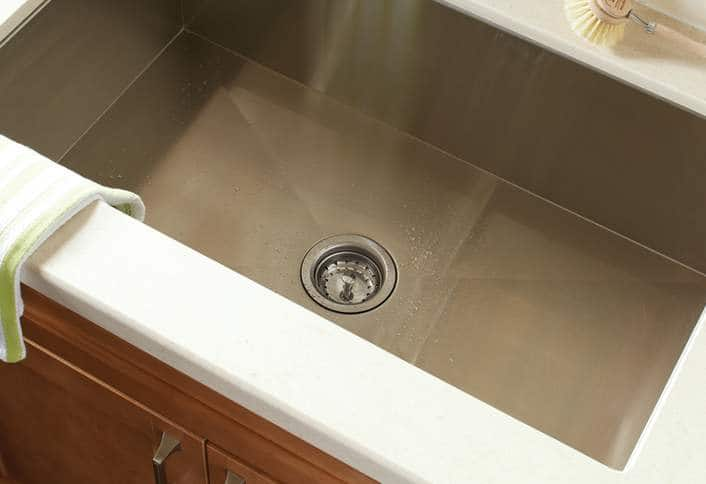





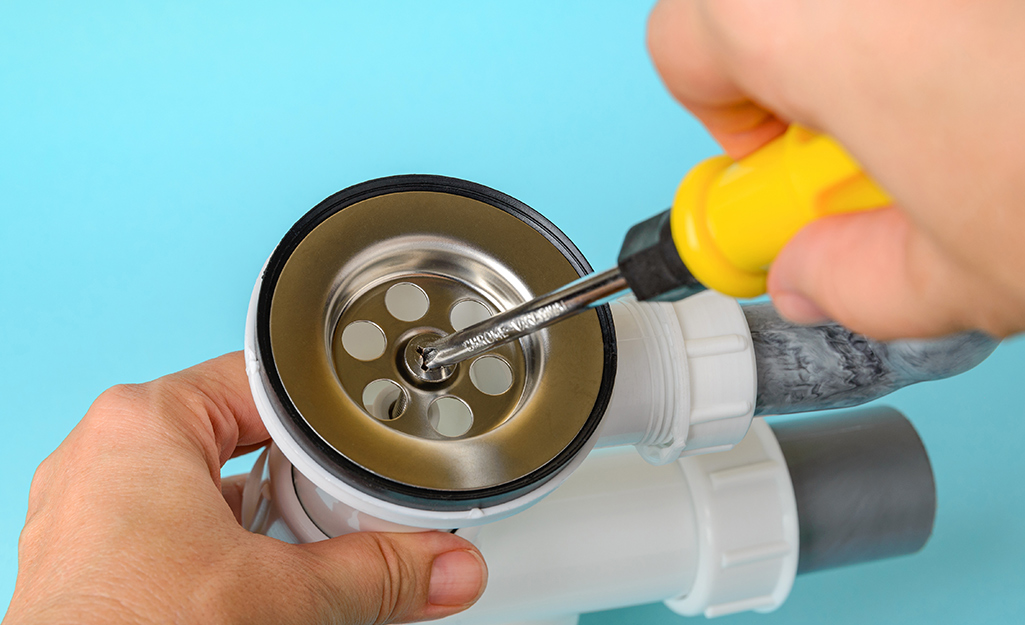
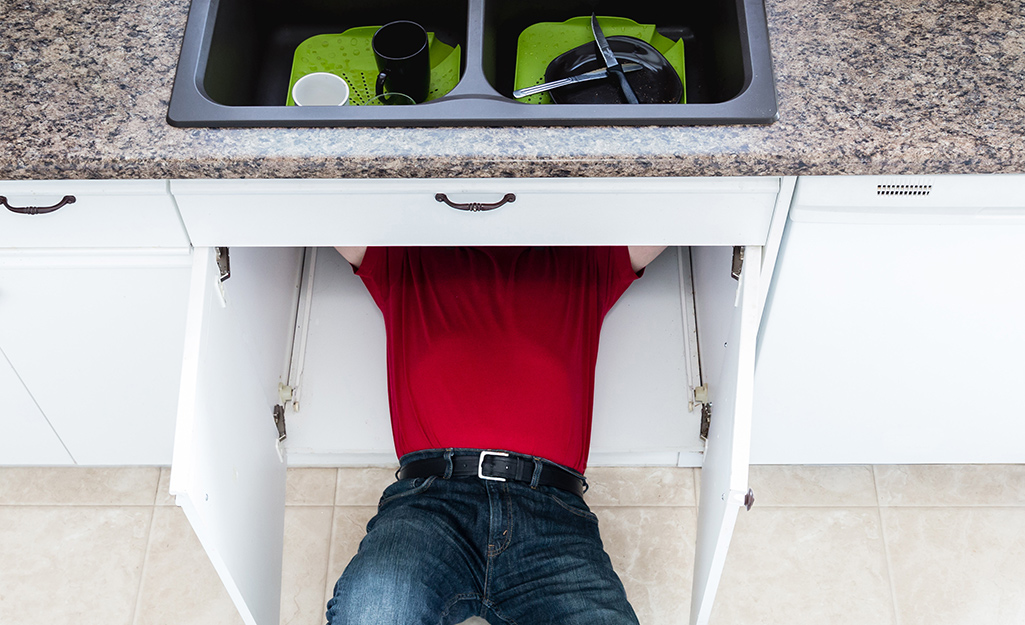



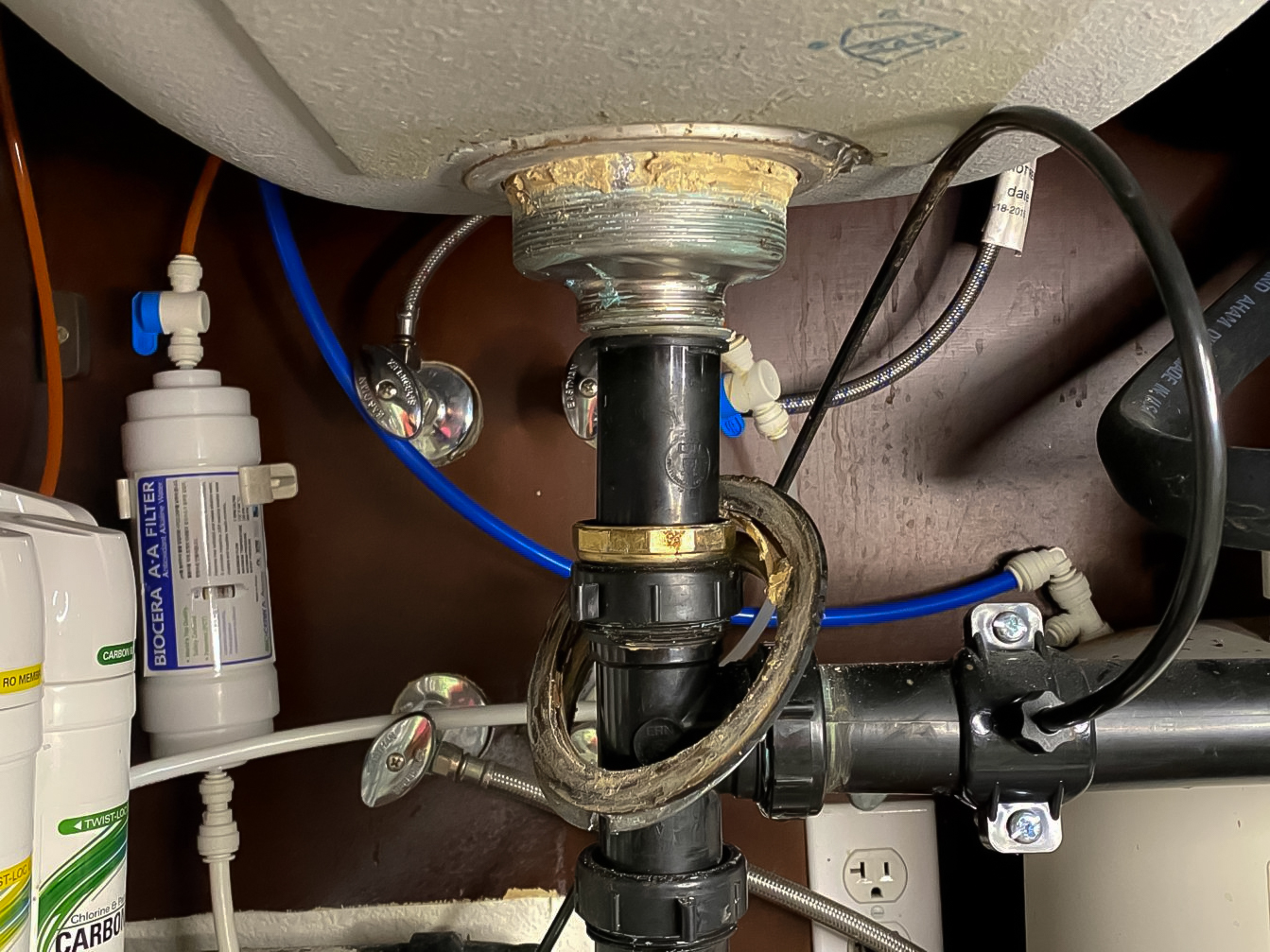






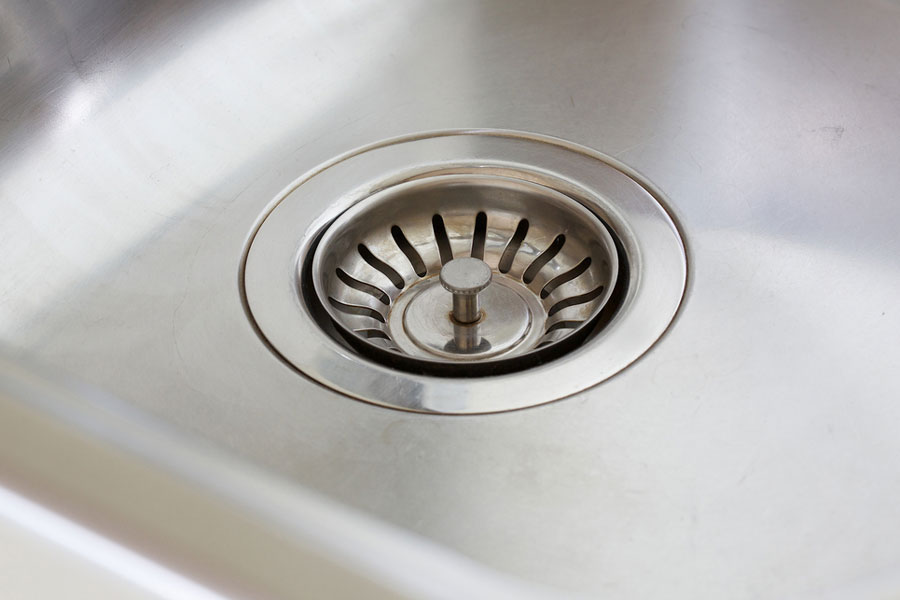
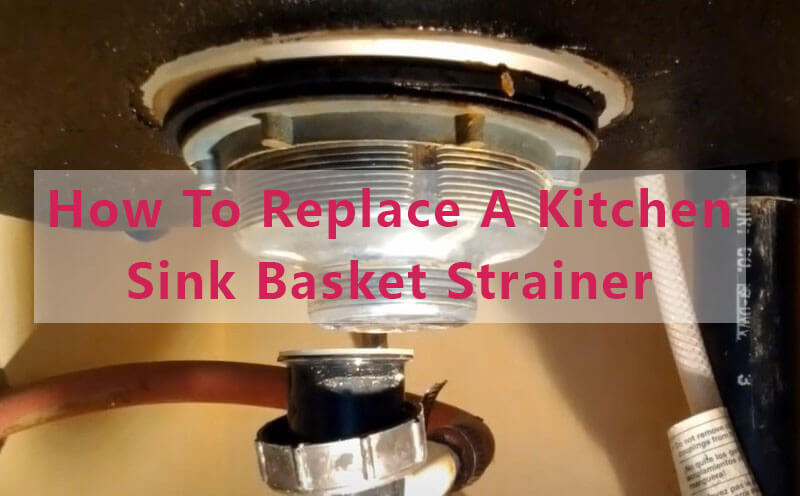
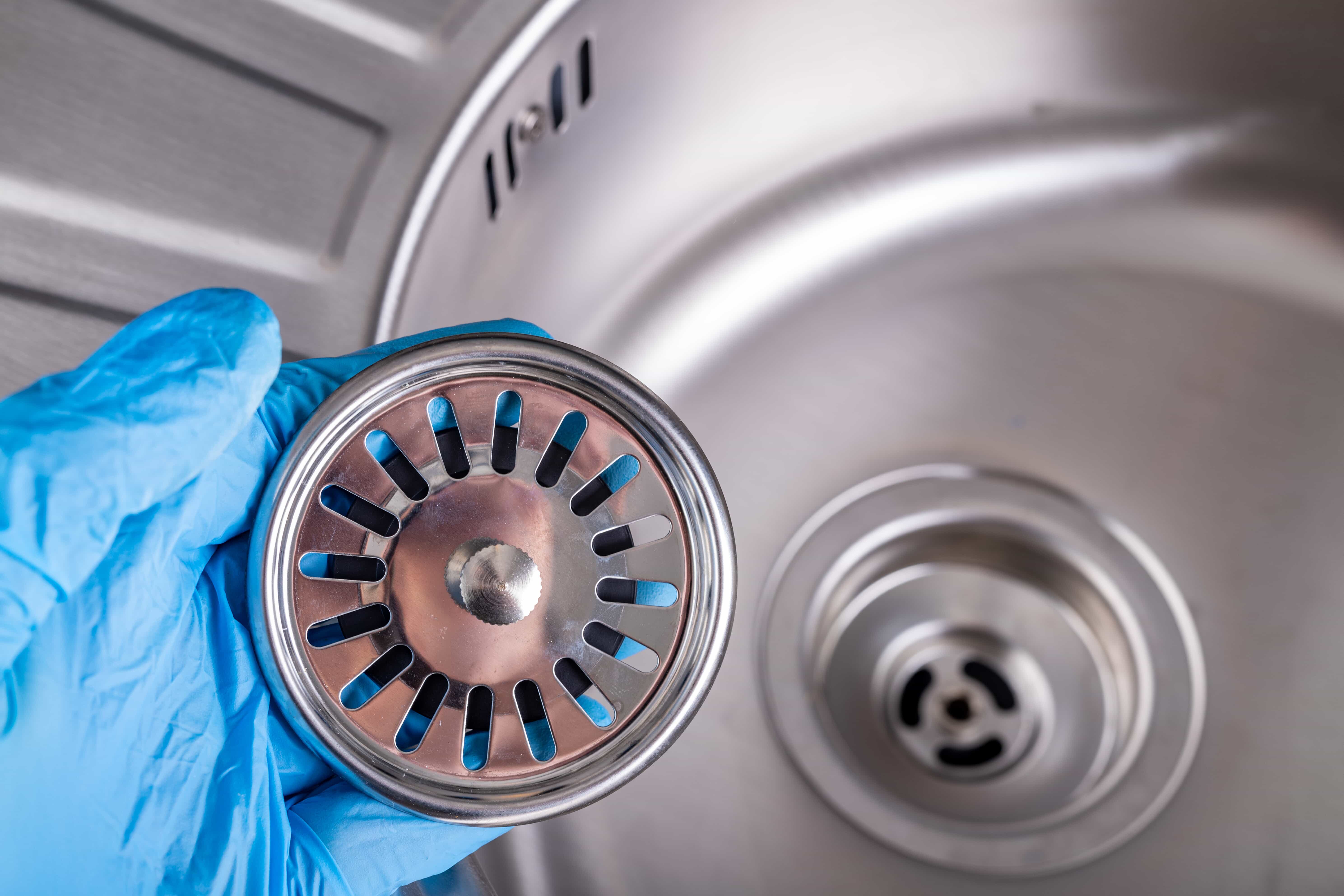

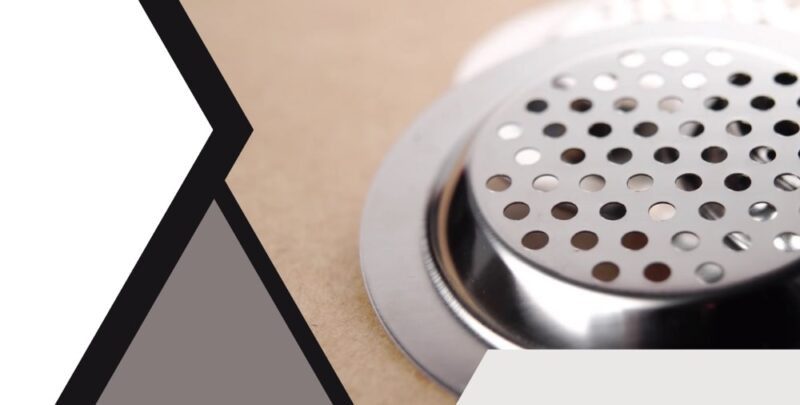


:max_bytes(150000):strip_icc()/how-to-install-a-sink-drain-2718789-04-5715d67f5b7d41429d42bf705bb70e2c.jpg)



